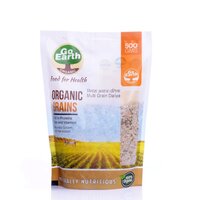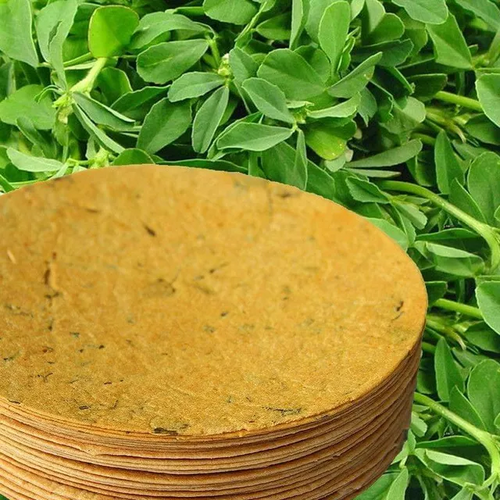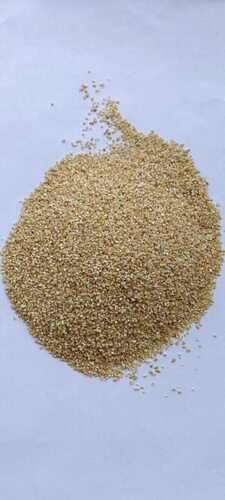 Ahmedabad, Gujarat, India
Ahmedabad, Gujarat, India
 Ahmedabad, Gujarat, India
Ahmedabad, Gujarat, India
Organic Multi Grain daliya
Product Details:
- Grade Food Grade
- Storage Instructions Coo & Dry place
- Product Name Multi Grain daliya
- Product Type dalia
- Taste Salty
- Feature Good Taste & Nice Flavour
- Usage Food
- Click to View more
Organic Multi Grain daliya Price And Quantity
- 25 Kilograms
- 72.00 INR/Kilograms
Organic Multi Grain daliya Product Specifications
- Coo & Dry place
- Food
- Food Grade
- dalia
- Good Taste & Nice Flavour
- Salty
- Multi Grain daliya
Organic Multi Grain daliya Trade Information
- 10000 Kilograms Per Day
- 1 Week
- Yes
- Free samples are available
- 25Kg PP Bags for bulk supply It is available in our retail packing of 500gms to 1kg.
- All India
- NPOP,NOP,Jaivik Bharti Cetified ,USDA Cetified Organic
Product Description
Here are some key features and considerations for multi-grain daliya:
-
Nutritional Diversity: Multi-grain daliya offers a diverse range of nutrients, as different grains bring various vitamins, minerals, fiber, and protein to the mix. This diversity enhances the overall nutritional content of the food.
-
Whole Grains: Depending on the specific blend, multi-grain daliya may include whole grains, which means it retains the bran, germ, and endosperm of the grains. Whole grains provide additional fiber and nutrients compared to refined grains.
-
Versatility in Cooking: Like regular daliya, multi-grain daliya is versatile and can be used in a variety of dishes. It is commonly used to prepare savory dishes such as khichdi, upma, or porridge. The combination of grains can add depth of flavor and texture to your meals.
-
Cooking Instructions: Multi-grain daliya may require cooking before consumption. Cooking methods can include boiling or steaming, and the cooking time may vary depending on the blend of grains.
-
Health Benefits: Multi-grain daliya can offer a combination of health benefits associated with different grains, such as improved digestion, sustained energy release, and a diverse range of essential nutrients.
-
Availability: Multi-grain daliya can be found in grocery stores, health food stores, and online retailers. It is typically packaged in bags or containers, and various brands may offer different combinations of grains in their blends.
-
Storage: Store multi-grain daliya in a cool, dry place to prevent moisture absorption and maintain freshness. Airtight containers or resealable bags are commonly used for storage.
When using multi-grain daliya, follow the cooking instructions on the packaging and experiment with incorporating it into your favorite recipes. It can be a nutritious and flavorful addition to your diet, providing a mix of grains for a well-rounded meal. Always check product labels for any specific instructions or certifications, such as organic

Price:
- 50
- 100
- 200
- 250
- 500
- 1000+







 Call Me Free
Call Me Free
